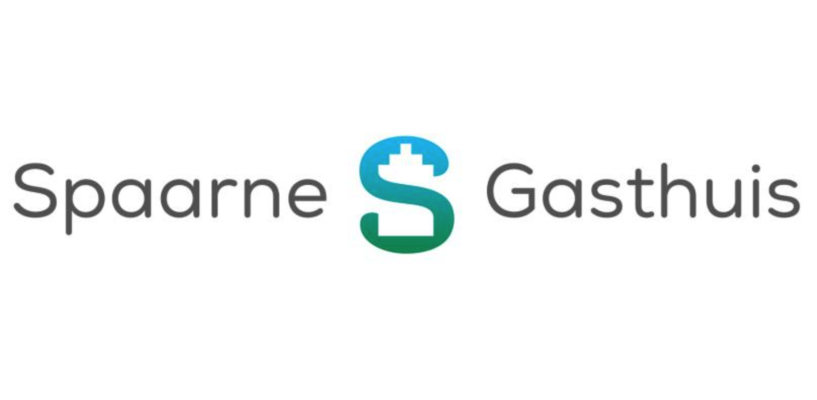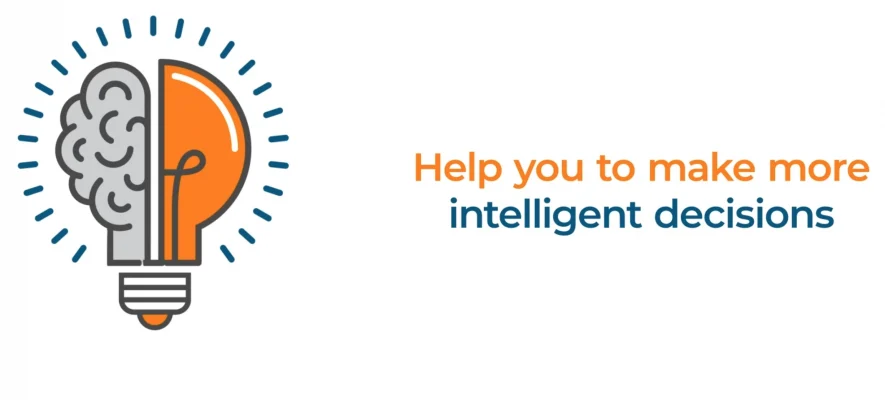Surprising insights at Spaarne Gasthuis
Participation and influence are important pillars within the hospital Spaarne Gasthuis. They want to get all perspectives on the table, and especially diverse ones, so that well-considered decisions are made based on knowledge and supported points of view. About two years ago, Spaarne Labs came into contact with CircleLytics’ online dialogue. Saskia Haasnoot, Senior Business Partner Development HR&A at Spaarne Gasthuis, says: “Through my colleagues in the innovation team (Spaarne Labs), I and colleague Priscilla Verwoert started to delve into the dialogue. After 30 dialogues I can say that the dialogue is a revelation, I am very excited about it. We have never used a method before, in which so many colleagues can simultaneously question and talk to each other online, at a time that suits them, from a place that suits them. Secure, simple and anonymous. The Spaarne Gasthuis has about 4,500 employees spread over three locations and has a great diversity in professional professionals. Finding a way to reach many people in our 24/7 work environment is challenging to say the least. Our team has since experienced that this dialogue successfully provides balanced answers in a short time, is received positively and can lead to surprising insights. The reason why we often use the dialogue.”
Request demo
Using brainpower: colleagues solve problems. Read here what Spaarne Gasthuis previously shared about the approach and impact of dialogue.
Dialogue helps with decision-making
The dialogue can be used for many challenges. Each challenge is suitable for a dialogue where everyone can share their expertise and experience, provided that the questions are well formulated. The latter requires thinking time and sparring time, which immediately pays for itself in the results of a dialogue. A well-posed question yields actionable answers that aid decision-making. Thinking about the question in advance forces you to understand the essence and to define an issue. Moreover, asking open questions forces you to use language to involve and touch people.
Haasnoot: “Transparency in communication is very important to me. There are many hierarchies and dependencies in relationships in our organization, which make expressing your opinion quite difficult at times. A good example in which the dialogue once again proved its added value is the following: in a department, we had an alarm that repeatedly went off wrongly. The smartest solution was sought through the dialogue, in other words in co-creation with the people involved. The outcome with a large (majority) support was different from what we suspected and was initially mentioned by most in the first round (“invest in a new system”). We ended up betting on good instructions to set an alarm instead of asking a colleague to release himself to every times to check the alarms (which was mentioned a lot in the first round of the dialogue). This dialogue saved us a lot of time and money, as we were able to immediately switch to the best solution and avoid the one that was mentioned a lot but didn’t get support on second thought. It proves that what people initially say is not what you should blindly consider to follow up on. You invite them to the dialogue, the second round: please (re)view what others think about it. What do you learn from that? How do you feel about it now? And what will come out of that? What do you think on second thought?
Salta Group: The good of qualitative research, but on whatever scale you want: from 10 to 1,000s. Read more here.
People-centric, time for reflection
The dialogue is completely anonymous and works asynchronously, offering the chance to really say what you think, at your own time. People can show their vulnerability through this online dialogue, which makes it a very human tool for me. Technology can therefore be people-centric and that is important in our culture. As a result, people start talking to each other – anonymously – and this leads to better and supported solutions: we stimulate everyone’s active open mind, sharing information and critical thinking. The limited number of characters to explain your answer stimulates people to get to the point and makes them take a little more time to think. And it is precisely in the second, subsequent, round that people jointly indicate what they consider most important on second thought. This produces the supported solutions that administrators can use for their decision-making. It emphasizes new leadership in our organization: asking open questions creates a culture of genuine listening, of openness, involvement and better decisions. Particularly at a time when the labor market is under pressure and the concern for an important transition, leveraging collective wisdom is essential.
If there are ideas that are widely supported, but cannot (yet) be implemented or not in the short term, you must also communicate this. It remains crucial that you do not use the dialogue as a sham to get a say and then do nothing with it. People’s trust in the dialogue, because we act on the results, contributes to the power of listening and the power of CircleLytics dialogue.”
Dialogue encourages trust and generates creative ideas
Haasnoot continues: “In the past, surveys were also used. We observed survey fatigue. And we have noticed that surveys can have a polarizing effect, you are either for or against something, there is no in-between or space to explain your choice nor rethink or change your own opinion. The response was low and an analysis of the answers quickly took a long time to complete. We had to interpret what is said and meant, usually based on what is often mentioned or driven by our own preferences. That’s risky, and that’s why we have chosen dialogue as the next level, going far beyond regular single round surveys.
The dialogue is anonymous and promotes creative, different ideas. The response rate of the dialogue is high and we notice that the percentage only increases as people participate in a dialogue more often. The second round of the dialogue encourages reflection on yourself and others’ different views, and stimulates a learning organization. Being able to continue learning is an important reason why people enjoy staying with the organization longer, as well as getting a say in what needs to be done in the organization. It is a conversation that takes place online with many people at the same time. This yields a wealth of insights that we can use.”
Rapid wins and sustainable impact
Haasnoot says: “In departments where we have now used the dialogue more often, we see that the number of participants and the number of answers that participants give in the first round are increasing considerably. Some people need to gain confidence that the online dialogue is indeed anonymous before giving their opinion or reviewing other people’s ideas. We ask a few key questions. We deliberately keep the dialogue short so that it does not take much time. Often only 3 to 5 questions. If a manager or initiator comes up with a question, we dive into the questions together, until it is concrete, or we use the library of 1,000 questions and open questions in the CircleLytics environment. Our experience shows that clear formulation of questions helps with a good demarcation (and vice versa), and leads to more answers from participants and to answers that you can use. The appreciation of employees is always a solid 4 on a scale of 5. That is important, because you cannot bother employees with things that take away the pleasure. Control, anonymity, learning from each other and convenience go hand in hand.
Read our white paper with 18 design principles for your open questions
We also communicate what we are going to do with the results. We can implement some quick wins quickly. For example, there was an ICT thing that could be easily remedied and which emerged when asking what makes an unpleasant working day unpleasant. This had not been reported en masse at ICT, and yet the dialogue showed that many people experienced this as annoying. Our ICT department quickly resolved that. A quick win that we would never have discovered without the dialogue. In any case, the duration of the dialogue can be short, as long as it is clear what the problem is and good questions are asked. The answers of a dialogue are easy to analyze: the fundaments are done by AI and by the participants. So an impact is quickly possible by using the dialogue to get the collective strength of employees on the table.”
Are you interested in dialogue and collective intelligence as a working method? Then schedule an introduction or demo
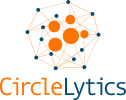


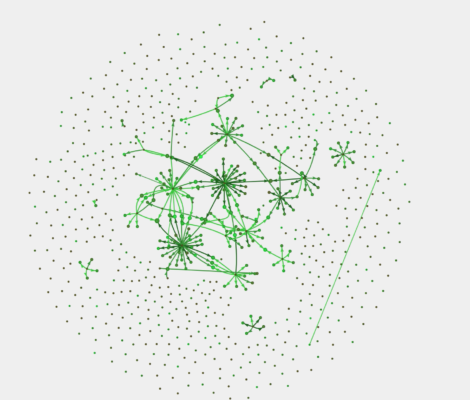
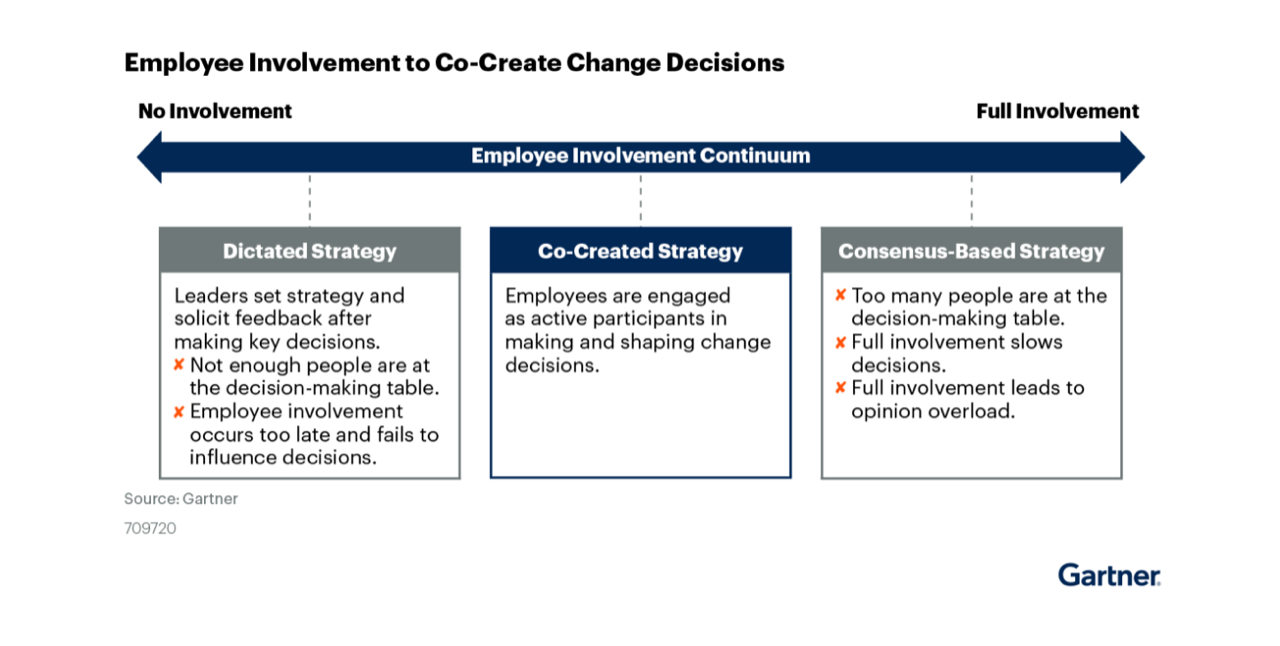



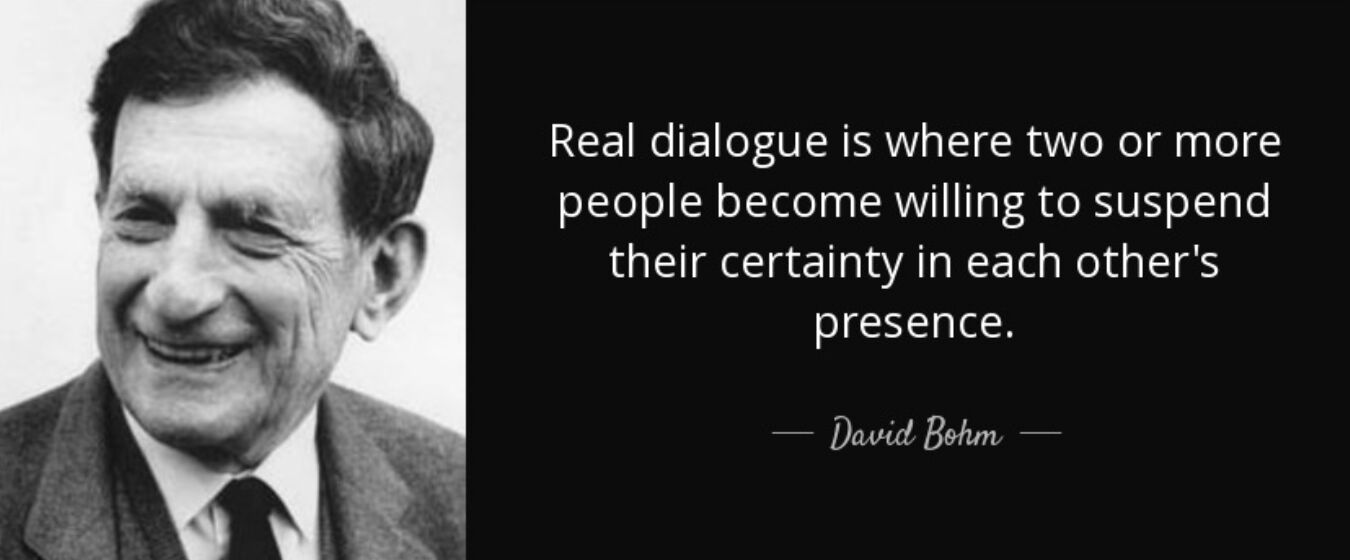 digital possibilities unlocks the special, collective intelligence of groups of people. If you want to consult more (scientific) backgrounds on this subject, you can do so
digital possibilities unlocks the special, collective intelligence of groups of people. If you want to consult more (scientific) backgrounds on this subject, you can do so 